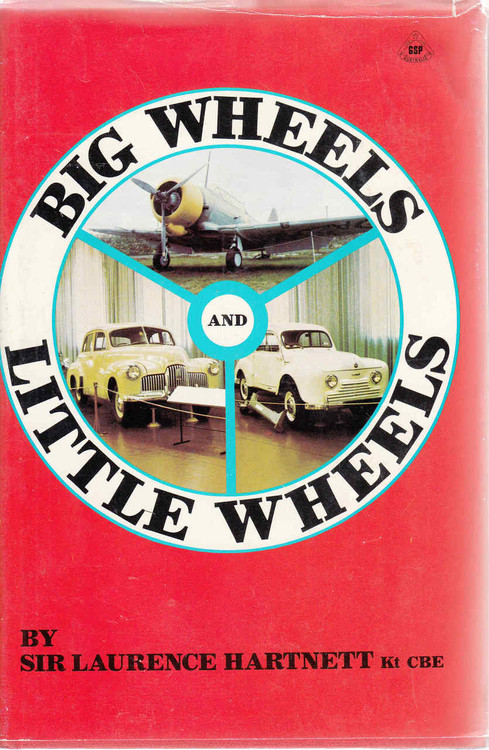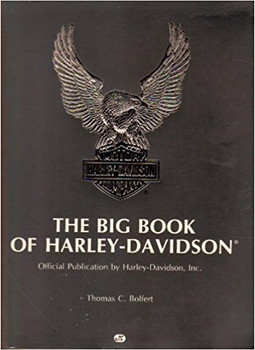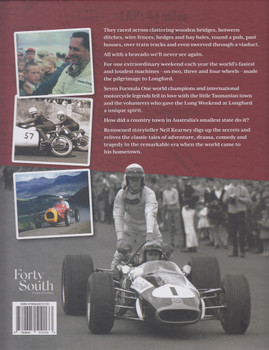Description
Author: Sir Lawrence Hartnett, Hardbound, 278 Pages, ISBN: 9780726004292 - This Gold Star Edition Published , 1973 - **BOOK IN GOOD CONDITION**
THERE IS NO MORE significant story in Australia's industrial history than the development of the first all-Australian car, the Holden, and its advance to dominance of the Australian car market.
There is no Australian company that has roused more controversy than the car's makers, General Motors-Holden's Pty. Ltd.
And there is no man who knows more about the rise of GM-H and the beginnings of the Holden than the author of this book, L. J. Hartnett.
Hartnett came to Australia in 1934 to take charge of GM-H, at a time when the company was torn by dissension, was losing money, and was, in fact, in danger of going out of existence. When he left the company in 1947 ( in sensational circumstances which he discusses fully in the book), it was making big profits and was on the eve of launching the Holden:
Hartnett brings to light many fascinating and previously unpublished facts about the Holden's birth.
It reveals, for instance, that the U.S. General Motors Corporation, after having been persuaded to allow GM-H to produce a completely Australian car, refused to increase its investment here: all new money needed, the corporation said, must be found in Australia.
Hartnett saw the then Prime Minister, J. B. Chifley, who told him, "I can't see that money should be allowed to hold up a matter so important to Australia," and suggested that he see H. T. Armitage, the Governor of the Commonwealth Bank. Harnett gives this account of his interview with Armitage a few days later:
"How much do you want?" he asked. "About two million or three million pounds," I said casually.
"Hm. Can't you get any closer than that?" Armitage was being deliberately casual, as though he handled requests like that every day.
"Well, make it two and a half million. That should do it," I said.
"I think we can find that," he said. And that was that.
Big Wheels and Little Wheels is a full-scale autobiography. It tells of Mr. Hartnett's early life in England (as a schoolboy who loved motor-bikes, as a management apprentice at Vickers, as a member of the R.A.F.), and of his rise to success in the world of international business before he was thirty. It gives a fascinating picture of the mobilization of Australian industry in World War II (when Hartnett was Director of Ordnance Production). It tells also of the failure of a project that was very dear to Hartnett's heart—the production of the Hartnett car—and of the extraordinary happenings that brought about that failure.
The book is vigorously written. When Hartnett thinks praise is due, he gives it unstintingly; but when he thinks criticism of individuals or institutions is deserved, he pulls no punches.
JOHN VEITCH, to whom L. J. Hartnett told the story of Big Wheels and Little Wheels, will be remembered by readers of Australian newspapers and magazines as a feature writer who had a gift for bringing out the human interest element in all of his stories. After nearly 20 years in Australian journalism—many of them as an executive of metropolitan newspapers in Adelaide and Melbourne—he went into business in Melbourne and is now directing his own publicity organization.
John Veitch and L. J. Hartnett burned midnight oil together over nearly four years in the writing of this book.


















